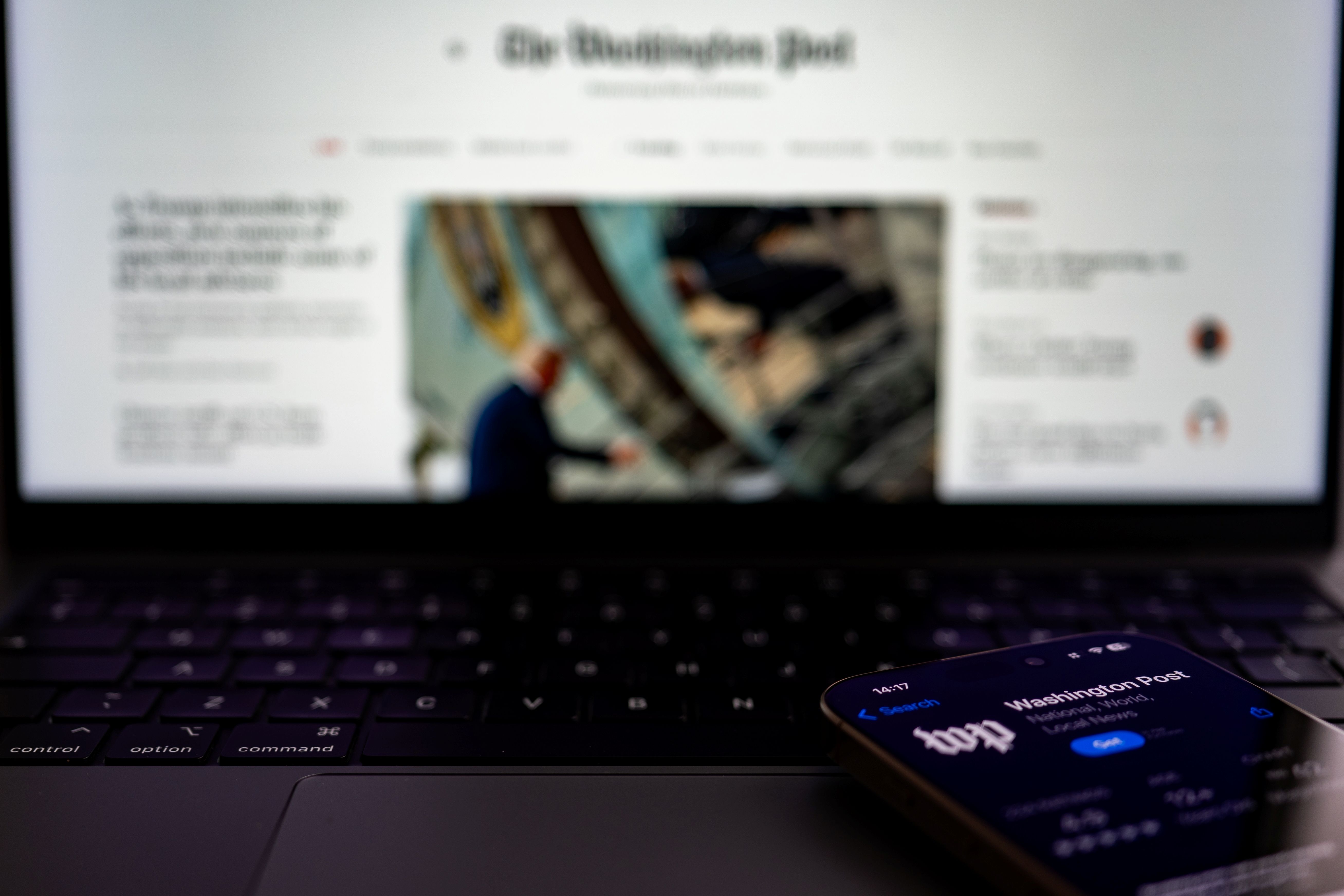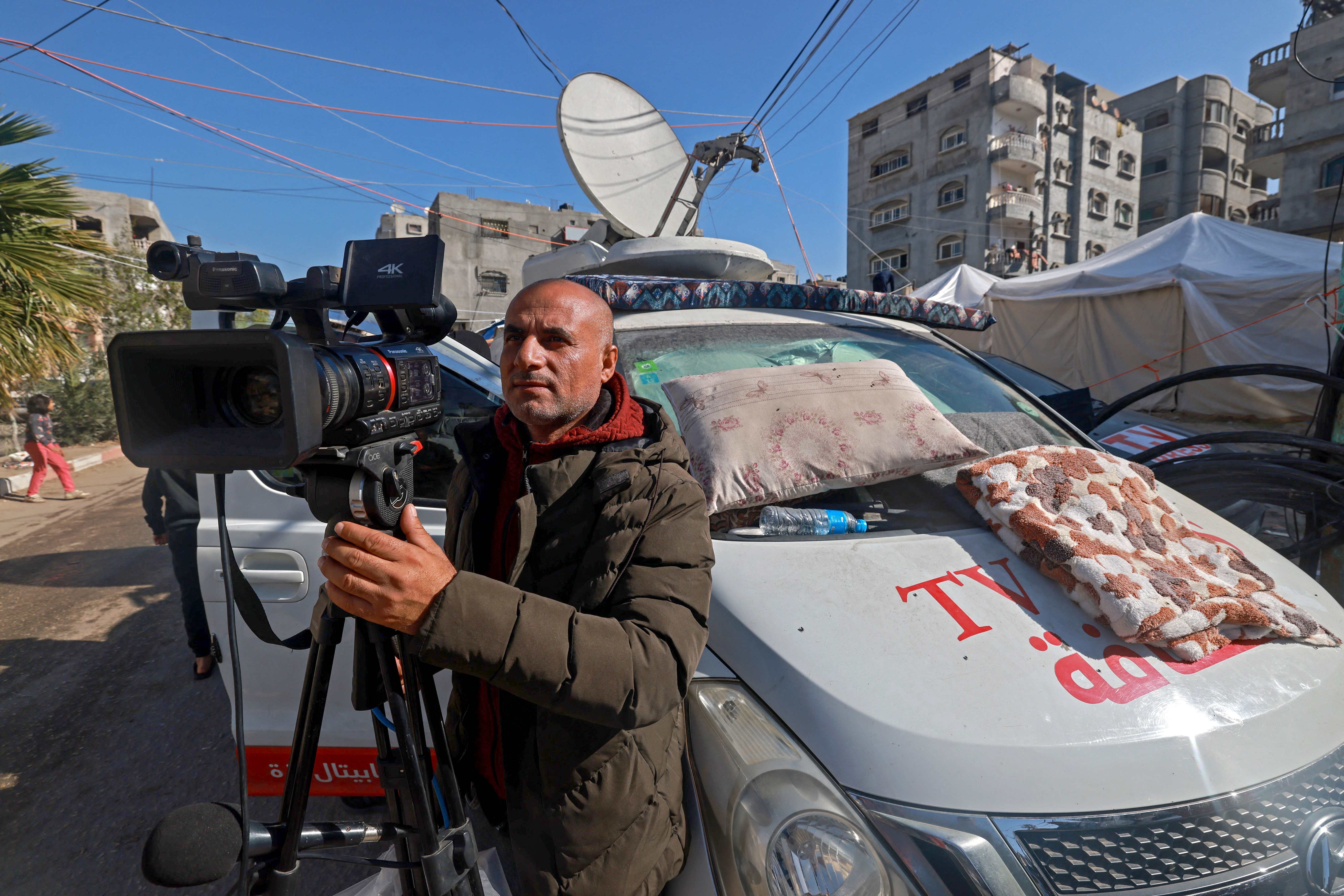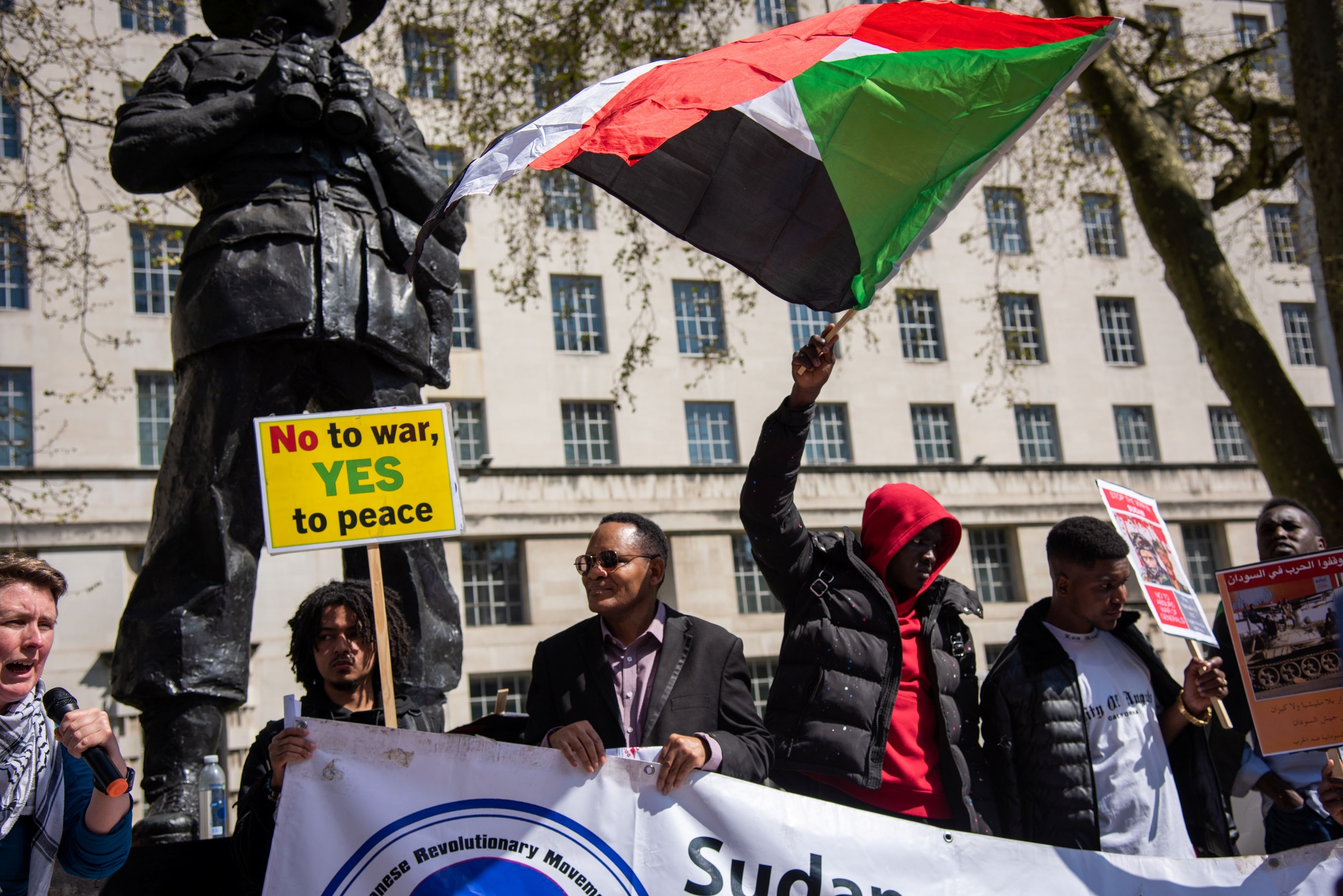يؤكد المؤلف منذ البداية أن الشاشة التي سيهتم بالحديث عنها ومناقشة ثقافتها في صفحات كتابه التي تزيد قليلا عن الـ300 صفحة هي طيف واسع من الشاشات، يبدأ بالسينما مرورا بالتلفزيون وألعاب الحاسوب، وصولا إلى شاشات الهواتف والأجهزة الذكية الأخرى، أو ما اصطلح على تسميته بموجات الجيل الأول والثاني والثالث من تكنولوجيا الشاشات.
يحاول أستاذ علم الاجتماع ودراسات السينما والإعلام ريتشارد بوتش أن يدمج في هذه التوليفة الموسعة بين التاريخ الاجتماعي والاقتصادي والسياسي، لكي يقدم لنا فحصا شاملا ومتماسكا لوسائل الإعلام وثقافة الشاشة، إلى جانب دراسة تطورها خلال القرنين العشرين والحادي والعشرين.
وقد اعتمد بوتش على مجموعة ضخمة من الدراسات والبحوث التي أجريت في هذا الشأن في عدد من الدول مثل الولايات المتحدة وبريطانيا وفرنسا ومصر والصين والهند وحتى في غرب أفريقيا.
يتتبع المؤلف عبر كتابه كيف تطورت وسائل الإعلام في الدول المذكورة آنفا، وما هي القوى العالمية التي ربطت بينها. كما يقدم تقييما لما سماها الهيمنة الإعلامية، والاختلافات الثقافية في استخدام الجمهور لوسائل الإعلام.
وقد توصل من خلال المقارنات بين المكان والزمان إلى تطورين مرتبطين بعضهما ببعض، وهما صعود وهبوط هيمنة الثقافة الأميركية، والاتساق الكبير بين الجماهير في مختلف الدول فيما يتصل بطريقة دمجهم للترفيه عبر الشاشة في الثقافات الخاصة بهم.
لون الحياة
يدلف بنا المؤلف إلى سفره الذي نستعرضه هنا عبر مقدمة طويلة، مشيرا إلى أن محطة تلفزيون "سي بي إس" الشهيرة عندما دشنت التلفزيون الملون لأول مرة في خمسينيات القرن الماضي، روجت له بما أسمته "لون الحياة"، موضحا أن الفارق الكبير بين الطباعة والشاشة هو في الطبيعة الحية للصورة المتحركة.
ويقول المؤلف إن الصورة المتحركة سبقت السينما بوقت طويل، بيد أنها لم تكن متاحة قبل ظهور السينما إلا لعدد قليل من الأغنياء. لكن منذ بداية القرن العشرين أصبحت السينما وسيلة اتصال جماهيري، ثم جاء بعدها التلفزيون، حتى وصلنا إلى عصر الإنترنت والأجهزة الذكية.
ويوضح أننا وصلنا في الوقت الراهن إلى مرحلة انتشار ما يعرف باسم "وسائط الشاشة" التي أصبحت جزءا أساسيا في حياة الناس، باعتبارها الناقل والمروج الرئيسي لمختلف أنواع الثقافات.
ورغم أن العديد من الباحثين افترضوا -عبر تاريخ طويل- وجود تأثير قوي للشاشة على سلوك الناس، فإن البحوث التي أجريت في الأعوام الأربعين الماضية أوضحت بجلاء أنه لا يمكن افتراض أن الرسائل الإعلامية المنقولة عبر الشاشة يتم استهلاكها من قبل الجمهور دون تمحيص.
مقارنات ثقافية
وفق ما تمت الإشارة إليه سابقا، فإن وقوف المؤلف على تاريخ وسائط الإعلام الجديدة وغيرها في العقدين الماضيين، أتاح له تقديم ما سماها المقارنات الثقافية التي تكشف عن أوجه التشابه والاختلاف بين هذه الوسائط، كما مكنه من التقاط ما سماها التغيرات التاريخية والثقافية لهذه الوسائط.
ويقدم المؤلف في فصول كتابه مادة قيمة تتطرق لما يعرف بصناعة الإعلام وعلاقة الجمهور بهذه الصناعة، مبتدئا بصناعة السينما في النصف الأول من القرن العشرين، مرورا بالتلفزيون، ووصولا إلى العصر الرقمي والعولمة في الألفية الجديدة.
لمحة عن السينما
بعد مقدمة طويلة امتدت على مدى عشرين صفحة، يعبر بنا المؤلف إلى صفحات كتابه، مبتدئا بالفصل الذي اختار له عنوان "السينما الأميركية حتى الحرب الأولى"، وقدم فيه نبذة عن السياق التاريخي الذي ظهرت فيه ما سماها عروض الصور المتحركة.
ويوضح المؤلف أن هذا النوع من العروض ظهر لأول مرة في الولايات المتحدة منتصف تسعينيات القرن التاسع عشر، عندما كانت الصور المتحركة ضمن مجموعة وسائل ومستويات الترفيه المتاحة آنذاك، مثل المسارح المنزلية، والمتنزهات، وعروض السيرك وغيرها.
ووفق المؤلف فإن بدايات السينما ظهرت بعد عقد من ذلك الزمان، حيث أصبحت دور العرض السينمائي مكانا للتسلية والتثقيف، واتخذت لها مكانا إلى جانب الصحف قبيل ظهور الإذاعة (الراديو).
ويعتقد أن هذا التطور الذي بدأ بشاشات صغيرة تعرض عليها الصور المتحركة داخل عدد محدود من المنازل، أدى إلى ظهور ما سيعرف لاحقا باسم "ثقافة الشاشة" التي ساهمت فيما بعد في بروز تطورات ثقافية عديدة.
وثقافة الشاشة كما يرى المؤلف، ليست نصوص الأفلام وصانعيها، وإنما يتسع توصيفها ليشمل الثقافة الحية التي يصنعها الناس ويعبرون عنها بشكل جماعي كمشاهدين. ويضيف أن ذلك التوصيف يصدق على البدايات الأولى لثقافة الشاشة، عندما كان الجمهور حاضرا وبقوة في الخطاب العام الذي كان سائدا حينئذ.
وإجمالا، فإن المؤلف يركز في هذا الفصل وبشكل أساسي على الجمهور والظروف التي تتم فيها عملية مشاهدة عروض الصور المتحركة، ولذلك فهو ينطلق من سياق تاريخي يستعرض فيه الثقافة المحلية والأوضاع العامة قبل ظهور السينما، ثم بعد ظهورها واندماجها في ذلك السياق من خلال جمهورها، ومن خلال مجتمعات ما بعد المسرح.
يتطرق المؤلف في الفصل الثاني إلى ما يسميها السينما العالمية في الفترة بين عامي 1900 و1920، مشيرا إلى أن العروض السينمائية كظاهرة عالمية بدأت في وقت متزامن تقريبا في العديد من مدن العالم الكبرى، ليس فقط نيويورك ولندن وباريس، بل شملت أيضا مدنا أخرى مثل بومباي والقاهرة وشنغهاي وغيرها من المدن والعواصم العالمية.
وفي السياق ذاته، يشير المؤلف إلى أن هيمنة هوليود على المشهد السينمائي لعقود من الزمن ربما أعطت انطباعا بأن تاريخ السينما كان على الدوام أميركيا ودون أي منافسة أخرى، بيد أن الواقع يشير إلى غير ذلك.
ووفق المؤلف، فإن ما قبل هوليود وما قبل الحرب العالمية الأولى، شهد تاريخ السينما العالمية هيمنة أوروبية سواء أكان ذلك داخل الولايات المتحدة أو حول العالم. فقد شهدت العديد من الدول الأوروبية نهضة في صناعة السينما، وظهور ما يمكن تسميتها بثقافة السينما الأوروبية، حيث سمحت العديد من العوامل والظروف بانتعاش صناعة السينما التي اعتمدت في ازدهارها على تحسن الظروف الاقتصادية وارتفاع أجور العاملين.
ويختم المؤلف هذا الفصل بالإشارة إلى جانب مهم من ثقافة الشاشة، وهو المتعلق بأثر ثقافة ارتياد دور العرض، فقد ذكر أن النخب الحاكمة في العديد من دول العالم أبدت مخاوفها من تأثير السينما على قطاع واسع من الناس، سواء أكانوا من الطبقة العاملة في الدول الأوروبية، أو من الأهالي من أصحاب الدخل المنخفض في المستعمرات الأوروبية.
ويشير إلى أن هذه النخب أبدت الشعور ذاته عندما نجحت هوليود في تصدير ثقافتها، حيث حذرت من خطورة انتشار ما أسمتها الثقافة الأجنبية في أوساط الطبقة العاملة وذوي الدخل المحدود.
يركز الفصل الثالث من الكتاب على بروز ما يمكن تسميته بثقافة هوليود، ويورد المؤلف في بدايته مقولة المخترع ورجل الأعمال الأميركي توماس إديسون "من يسيطر على صناعة السينما يسيطر على أقوى وسيلة للتأثير على الناس".
ويسرد المؤلف في صفحات هذا الفصل التي بلغت 17 صفحة، قصة هوليود من الألف إلى الياء كما يقولون، واصفا طريقة نشأة أستوديوهاتها، ونظم العمل فيها ابتداء من مراحل الإنتاج المختلفة ووصولا إلى التوزيع.
بوتش -الذي ألف أيضا كتاب "من أجل المتعة والربح.. تحوّل الترفيه إلى استهلاك"، يصف أستوديوهات هوليود بأنها فضاء جغرافي ثقافي وأسطوري، ويذكّر بنجاحها في التعبير عن الثقافة والقيم الأميركية، ويقول إنها استطاعت -بما لديها من إمكانيات- أن تنتج ثقافة سينمائية متجانسة، وتقدم رسالة متسقة إلى حد ما لنحو أربعة مليارات من المشاهدين في كل عام، مما جعلها قوة لا يستهان بها في تشكيل الثقافة الأميركية.
هوليود.. سطوة الشاشة
يبدأ المؤلف هذا الفصل بالحديث عن هيمنة السينما الأميركية وخاصة في أوروبا ما بعد الحرب العالمية، حيث بدأ الجمهور الأوروبي يتجه نحو السينما الأميركية، ويتخلى عن الأفلام المنتجة محليا. ويشير إلى أن النخب السياسية والاجتماعية والثقافية الأوروبية كان رد فعلها قويا على ما اعتبرتها كارثة سيادة الثقافة الأميركية.
كما يوضح أن المخاوف من غزو السينما الأميركية التي عبر عنها الأوروبيون منذ نهاية الحرب العالمية الأولى، تردد صداها مرة أخرى في أعقاب الحرب العالمية الثانية، وكان مسرحها هذه المرة الدول المستقلة حديثا، حيث سعت الحكومات هناك إلى تخليص نفسها من الإرث الاستعماري.
ويضيف بوتش أن تلك الدول واجهت العديد من الصعوبات، ففي الوقت الذي كانت تبذل فيه معظم جهودها لكي تقيم سياجا من الوحدة الوطنية والخصوصية الثقافية، كانت تواجه أيضا تدفق الأفلام والبضائع الأميركية التي تجد قبولا واسعا في أوساط الناس، ولذلك كان الحديث عن ثقافة الشاشات وتأثير السينما على الجمهور حاضرا بقوة في الخطاب السياسي العام في تلك الدول.
التلفزيون.. ابن الحرب
يتناول المؤلف في الفصل الخامس البث التلفزيوني وبرامجه ومشاهديه من بدايات ما بعد الحرب العالمية الثانية مرورا بفترة الثمانينيات، ثم وصولا إلى مرحلة ما قبل ظهور الإنترنت والإعلام الرقمي، ويركز على الولايات المتحدة باعتبارها الدولة التي كانت لها الهيمنة الثقافية في ذلك الوقت، ثم ينتقل من هناك إلى المملكة المتحدة وأوروبا.
ويرى أن ثمة اتفاقا جامعا ساد النخب الحاكمة والمسيطرة في كل من الولايات المتحدة وأوروبا، بأن التلفزيون يجب أن يخدم ما أسموها المصلحة الوطنية. وقد تم استخدام برامج التلفزيون في الولايات المتحدة في الترويج للنزعة القومية وتوحيد الهوية الوطنية.
ويضيف المؤلف أن التلفزيون في الولايات المتحدة تحديدا، استُخدم كوسيلة للترويج لفكرة المجتمع المدني والمواطن المستهلك، حيث تم اعتبار مشاهدة التلفزيون فعلا مدنيا.
ويشير إلى أن التلفزيون كان أرخص وسيلة ترفيه في الولايات المتحدة خلال خمسينيات القرن الماضي، إذ كانت الأجهزة متاحة في البدايات الأولى في الحانات والأماكن العامة، كما مكّن رخص أسعارها المواطن الأميركي العادي من الحصول عليها، لتصبح عنصرا مهما في غرفة المعيشة.
ويرتبط الفصل السادس بسابقه، بيد أنه يركز على التلفزيون في أميركا اللاتينية وآسيا ثم أفريقيا. ويرى المؤلف أن وصول التلفزيون إلى هذه المناطق جاء مباشرة بعد أن عرفته الولايات المتحدة وأوروبا، ولكنه -مثل السينما- ارتبط بالماضي الاستعماري لهذه المناطق، وخاصة ما يتصل بعلاقة التبعية بين الدول الوليدة في هذه المناطق وبين المستعمر السابق.
وفي هذا السياق، يشير المؤلف إلى حال بعض الدول في أميركا اللاتينية، إذ بالنظر إلى ضعف البنية التحتية في هذه الدول، فقد انحصر البث التلفزيوني حتى الثمانينيات في مناطق حضرية قليلة، وتوفر لعدد قليل جدا من السكان، ولكن تغيرت الأوضاع بعد الثمانينيات وصولا إلى التسعينيات، حيث أصبح البث التلفزيوني متاحا لعدد أكبر من الناس.
ويقول المؤلف إن حكومات تلك الدول استخدمت البث التلفزيوني للترويج للهوية الوطنية والتحولات الثقافية ما بعد الاستعمار، ويرى أنه بينما استغل المستعمر الغربي الإذاعة والسينما لتبرير وتمجيد استعماره لتلك الدول وللحفاظ على ولاء شعوبها، استخدمت حكومات ما بعد الاستعمار البث التلفزيوني وسيلة للدعاية للدولة الوليدة ومشروعاتها التنموية.
يركز بوتش في الفصول الثلاثة الأخيرة من الكتاب على ثقافة الشاشة والتحولات الكبرى المرتبطة بها التي برزت في الألفية الجديدة والتي تشكل واقعنا الحالي، ويرى أن العصر الرقمي يمثل أبرز تحول يشهده العالم منذ اختراع الراديو، وأن فوائده بارزة للعيان في الوقت الراهن حيث يستطيع أي فرد أن يرصدها، وهي حاضرة في كل نشاط من أنشطة الغالبية العظمى من الناس.
وبينما يعدد المؤلف مزايا العصر الرقمي ومن بينها بث الوعي لدى الناس عبر سهولة تداول المعلومات والمعارف، ومن ثم تمكينهم من المطالبة بتغيير أوضاعهم كما حصل في ثورات الربيع العربي عام 2011، لا ينسى في الوقت ذاته أن يتحدث عما سماها المخاوف المتصلة بهذه التحولات التكنولوجية، مثل موضوع الرقابة التي تحدث نتيجة للتحول نحو ثقافة الشاشة من قبل قطاع واسع من البشر.
كما يتطرق في هذه الفصول وخاصة في الفصل الثامن، إلى نمط استخدام وسائل الإعلام الرقمية، ويرى أن مستويات الرقمنة والتقارب وإمكانية الانتقال مكّنت الناس من استخدام الأجهزة الذكية على نطاق واسع جدا، وأصبح بالإمكان مشاهدة الناس وهم يستهلكون ثقافة الشاشة في مختلف الأوضاع، أثناء السير على الأقدام أو ركوب المواصلات أو حتى أثناء قيادة السيارات.
ويوضح المؤلف أن استخدام الشاشات في الحياة أحدث تغييرات كبيرة جدا، وتحولات بعضها ثقافي والبعض الآخر متصل بأساليب الحياة الأخرى، واستشهد بإمكانية الحصول على أي معلومات عبر لمسة بسيطة لشاشة الجهاز الذكي في الوقت الراهن، بينما كان الشيء نفسه قبل سنوات يتطلب الذهاب إلى المكتبات بشكل فعلي.





































